Some muscle cars earn their reputation the hard way—through speed, performance, and legacy. Others? Not so much. Despite flashy marketing, pop culture cameos, or nostalgic hype, some classics just don’t live up to the story. Whether they were too slow, too soft, or just too expensive for what they offered, these are the muscle cars that got more credit than they deserved. This list isn’t about hating—it’s about giving credit where it’s due and calling it out where it’s not.
1978 Pontiac Trans Am

Thanks to Smokey and the Bandit, the ’78 Trans Am became an icon, but under the hood it didn’t quite match the attitude. The standard 6.6-liter V8 only made around 180 horsepower, and even the W72 version struggled to hit 220 hp. Despite its mean looks and screaming chicken decal, performance-wise it lagged behind earlier muscle cars.
Sales were strong, with over 93,000 units sold, but much of that success came from styling and Burt Reynolds fandom—not track results. It’s a prime example of a car that looked fast but felt more flash than fury.
1971 Ford Mustang Mach 1 (Base Engine)

Visually, the ’71 Mach 1 looked like it meant business. But if you ended up with the base 302 cubic-inch V8, you weren’t getting anything close to high performance. That engine made a modest 210 hp, and the larger body made the car heavier and less nimble than earlier Mustangs.
Ford sold more than 36,000 Mach 1s that year, but many were saddled with engines that couldn’t back up the aggressive styling. It’s a case of a muscle car that marketed itself as a beast, but often ran like a commuter.
1976 Chevrolet Camaro Rally Sport

The second-gen Camaro lost much of its punch by the mid-70s. The Rally Sport trim might’ve looked sporty with its two-tone paint and split bumpers, but underneath, it was mostly cosmetic. The available engines—like the 305 V8—barely cleared 140 hp.
Despite weak power numbers, the styling sold well, and Chevy kept the Camaro alive through tough emissions years. But compared to its muscle-era roots, the ’76 RS was all bark and no bite.
1974 Dodge Charger SE
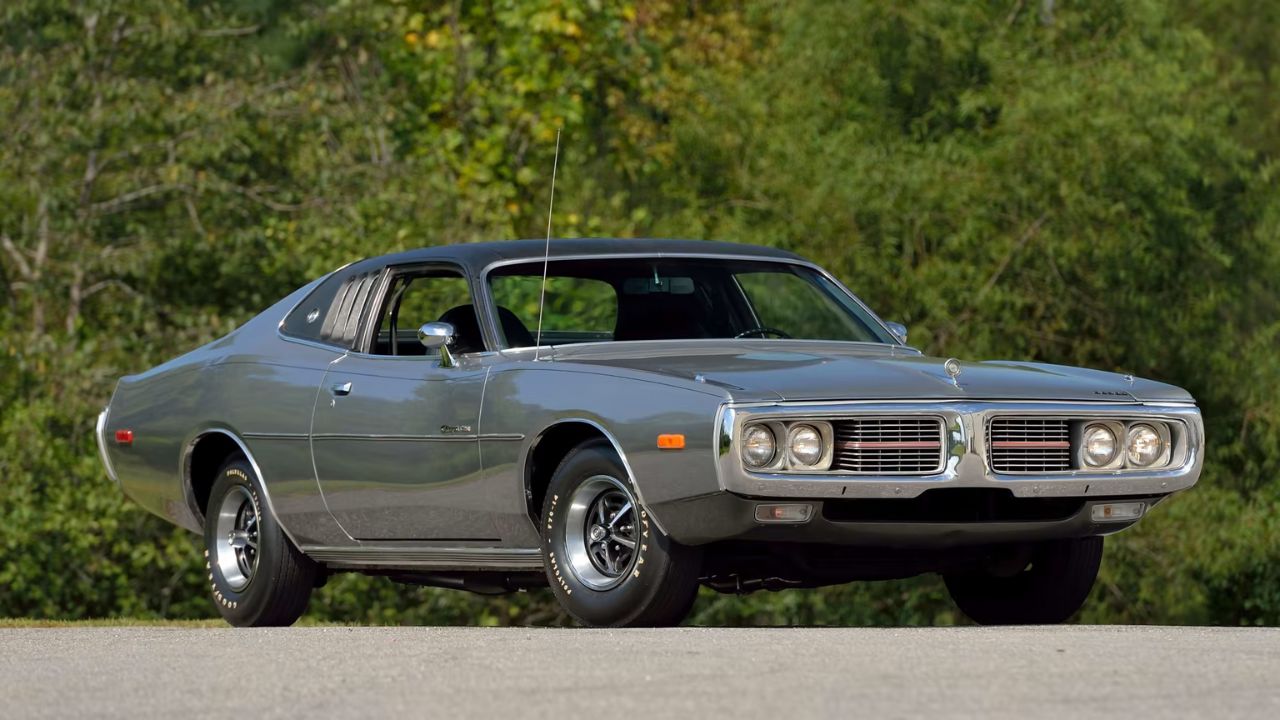
By 1974, the Charger had gone soft. The SE version came with a vinyl top, plush interior, and plenty of chrome, but most buyers ended up with a 318 or 360 V8, both underwhelming in terms of power. Even the 400 big-block was tuned for comfort, not quarter-mile times.
Production topped 30,000 SE units, but they were more personal luxury coupes than muscle cars by this point. The Charger name carried weight, but the performance didn’t match the badge.
1980 Pontiac Firebird Formula
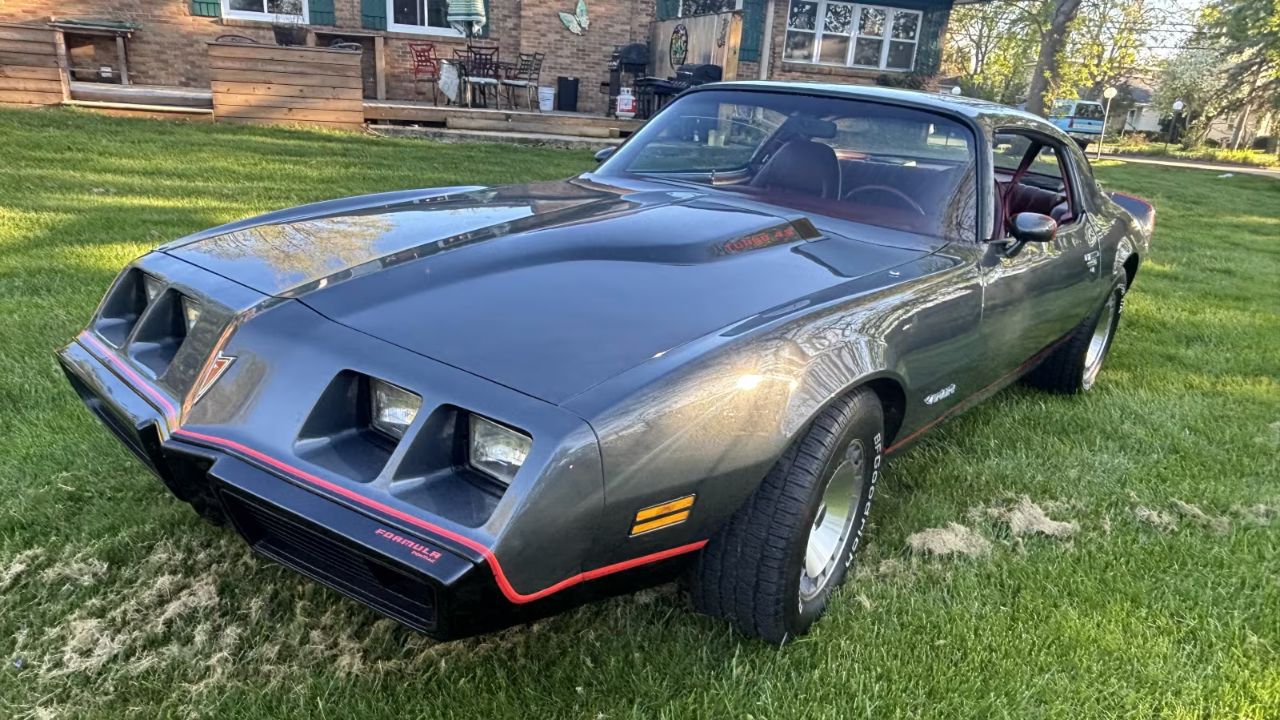
The Formula trim had sporty intentions, but in 1980, even the top 301 turbo V8 could only muster 210 hp. That engine was plagued with reliability issues and turbo lag that made it a headache rather than a thrill. Most versions came with the weak 155-hp 4.9L.
Visually, it looked like a performance machine, but even compared to other smog-era cars, the ’80 Formula felt undercooked. For all the hood scoops and stripes, the performance wasn’t worth bragging about.
1979 AMC AMX
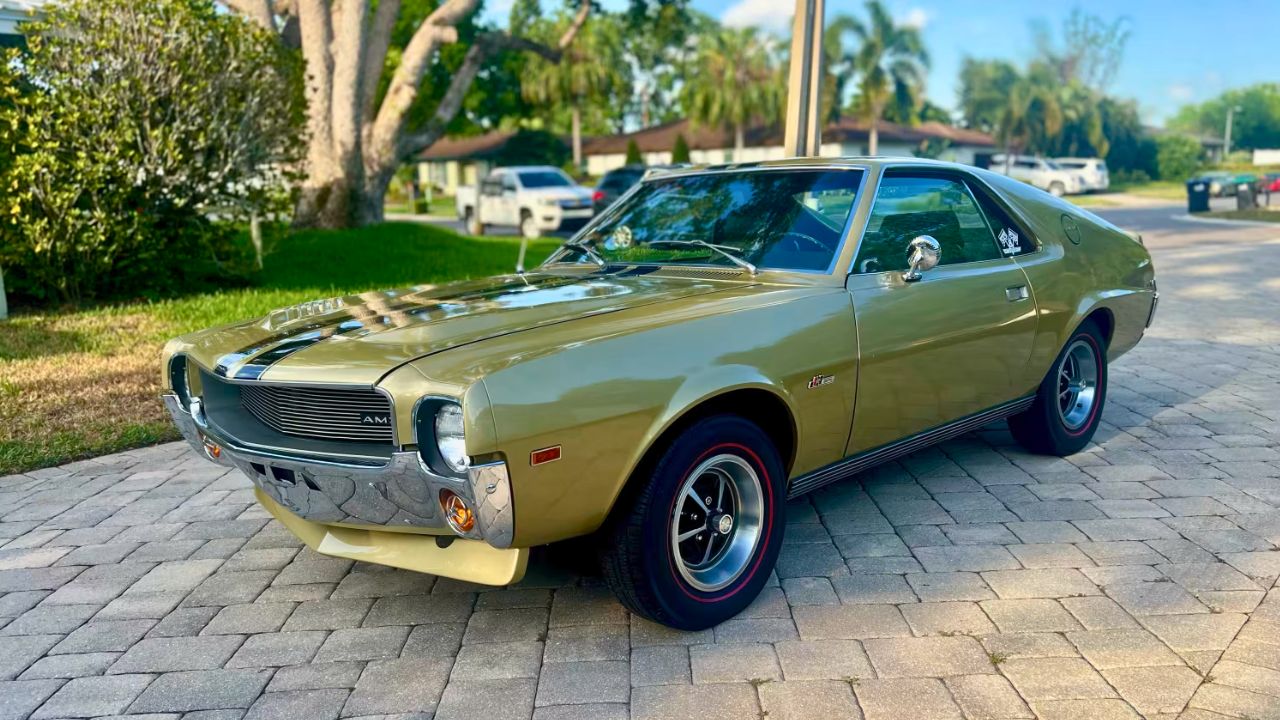
AMC revived the AMX name in ’79 with a Spirit-based version, hoping to cash in on past muscle glory. But the new AMX was no Javelin. It came standard with a 258 inline-six and topped out with a 304 V8 making 125 hp. That’s economy car territory.
Despite being a rare sight today, only about 3,657 were built. The styling tried to channel muscle car vibes, but the performance didn’t come close. It was more badge nostalgia than muscle revival.
1975 Plymouth Road Runner

The name might’ve survived, but the muscle was long gone. The 1975 Road Runner shared its body with the Fury, and its base engine was a 318 V8 with just 145 hp. Even the optional 400 or 440 engines were strangled by emissions controls.
Plymouth sold around 7,183 Road Runners that year, but most weren’t fast and didn’t handle like earlier models. The spirit of the original Road Runner was missing, replaced with cushy ride quality and a big car feel.
1982 Chevrolet Camaro Z28

The third-gen Camaro launched in 1982 with great anticipation, and the Z28 was supposed to bring back some muscle. But its 305 V8 made only 165 hp, and even the optional Cross-Fire Injection version didn’t help much. It looked futuristic but drove like a rental.
Chevy sold a respectable 64,000 Z28s that year, mostly on appearance and handling. But from a power standpoint, it was a slow start for what would later become a better performer.
1973 Mercury Cougar XR-7

Once a close cousin of the Mustang, by 1973 the Cougar XR-7 had drifted into luxury territory. Most came with the 351 Cleveland V8, making around 168 hp—nowhere near its earlier muscle roots. It was heavier, softer, and more about ride comfort than speed.
It still had a nice interior and solid build, which appealed to older buyers. But anyone expecting muscle performance from this XR-7 probably left disappointed. Mercury had shifted the target, even if the badge stayed the same.
1977 Chrysler Cordoba 400

The Cordoba wasn’t really a muscle car, but Chrysler flirted with performance by offering the 400 V8. Unfortunately, even that made just 180 hp in 1977. The rest of the car focused on comfort, with plush interiors and opera windows.
The Cordoba sold well on luxury image, not muscle strength. Yet some tried to treat it as a muscle-era holdout. In reality, it was a personal luxury coupe with a V8 that sounded tougher than it felt. The hype was mostly in the marketing.
Like Fast Lane Only’s content? Be sure to follow us.
Here’s more from us:

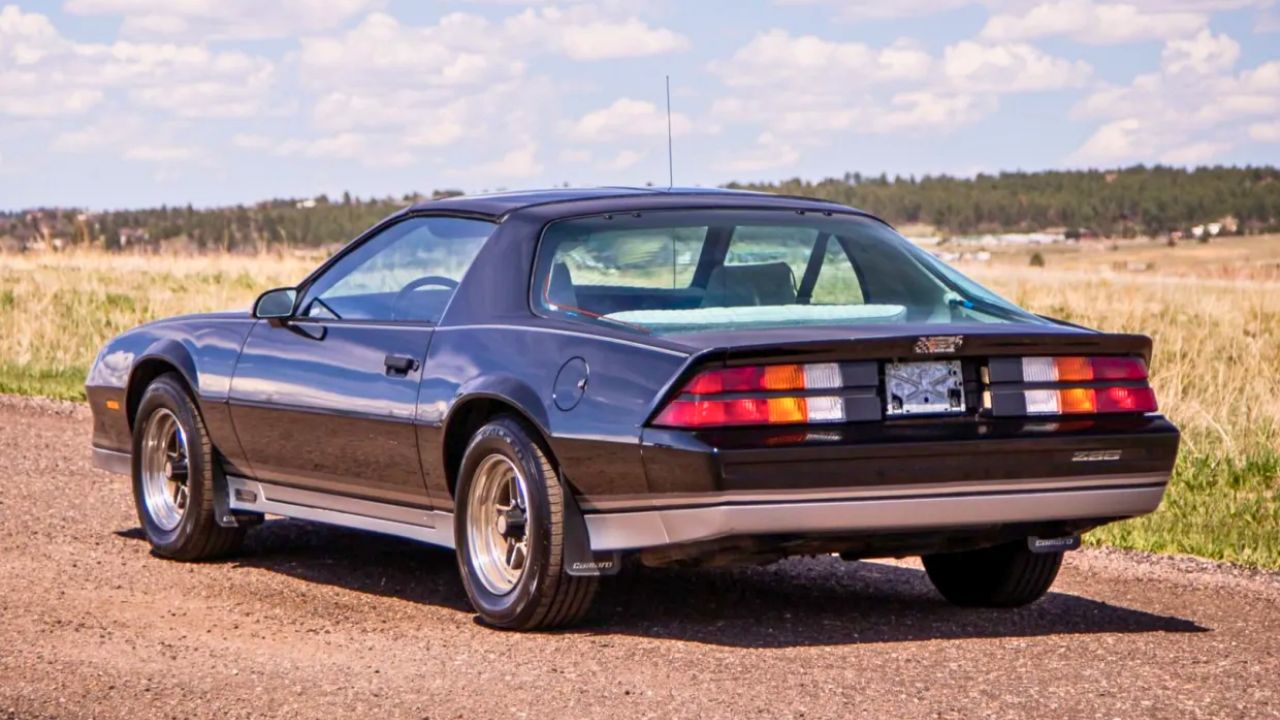
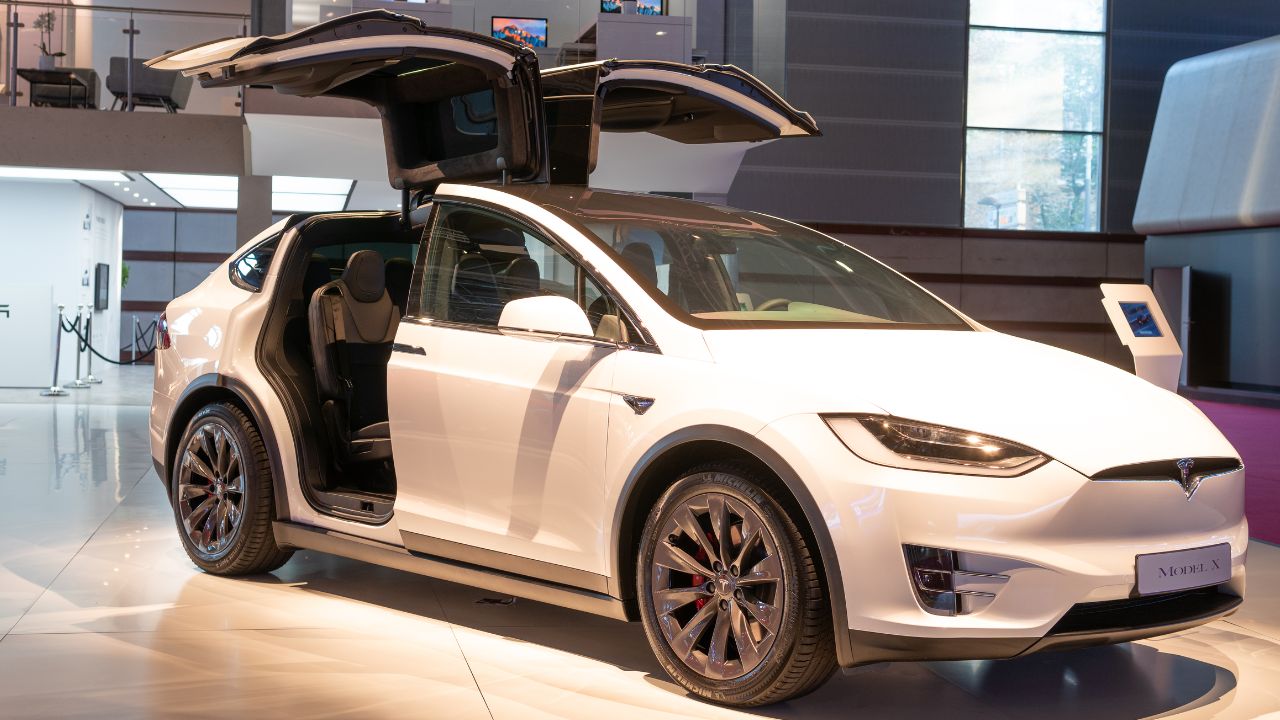
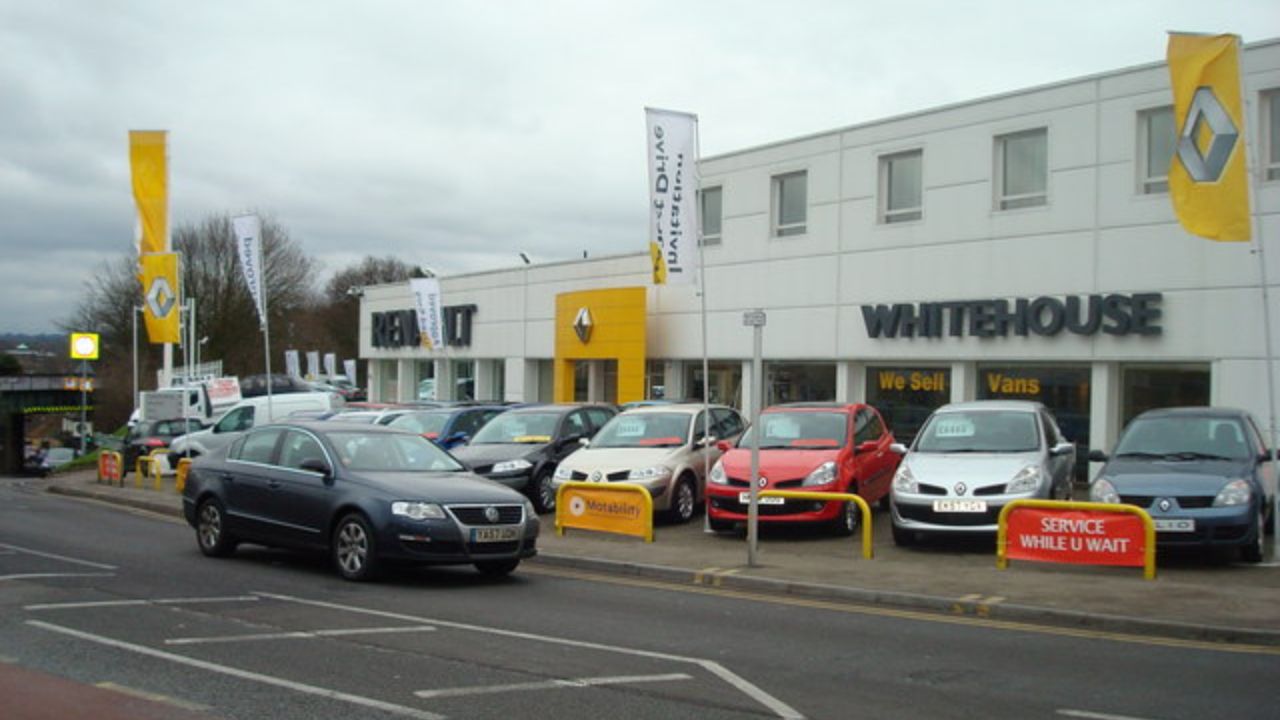
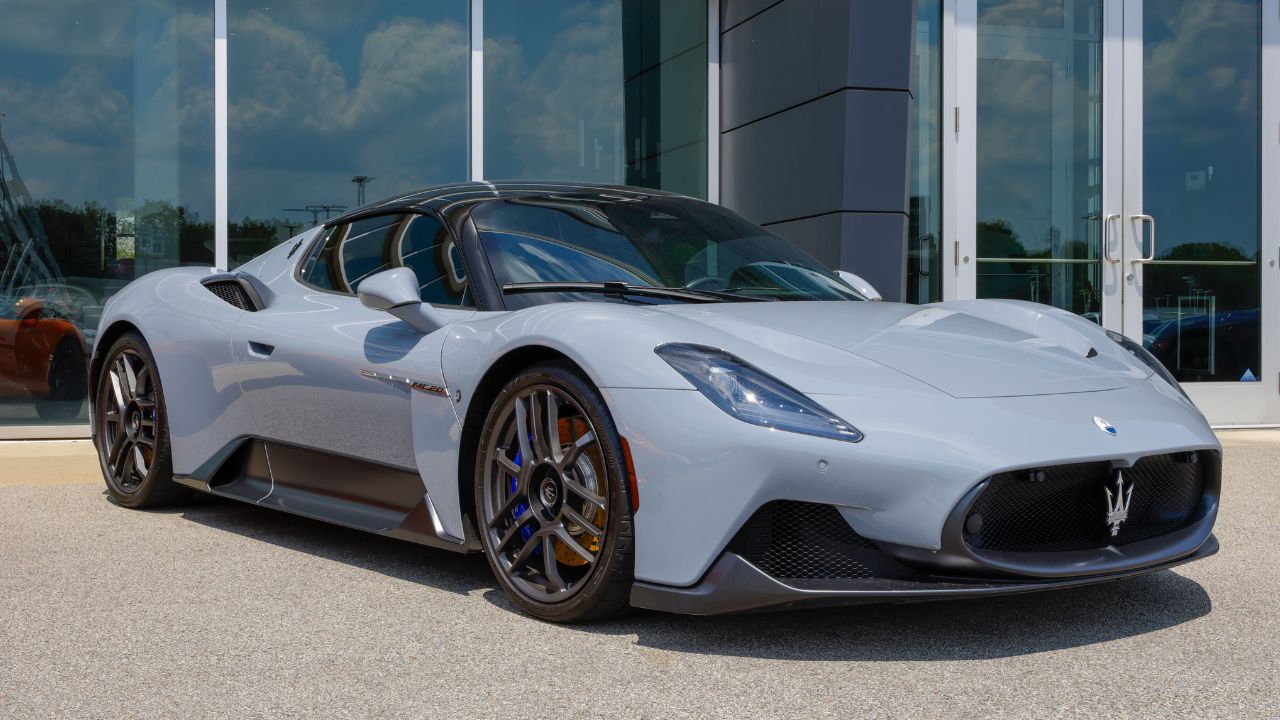
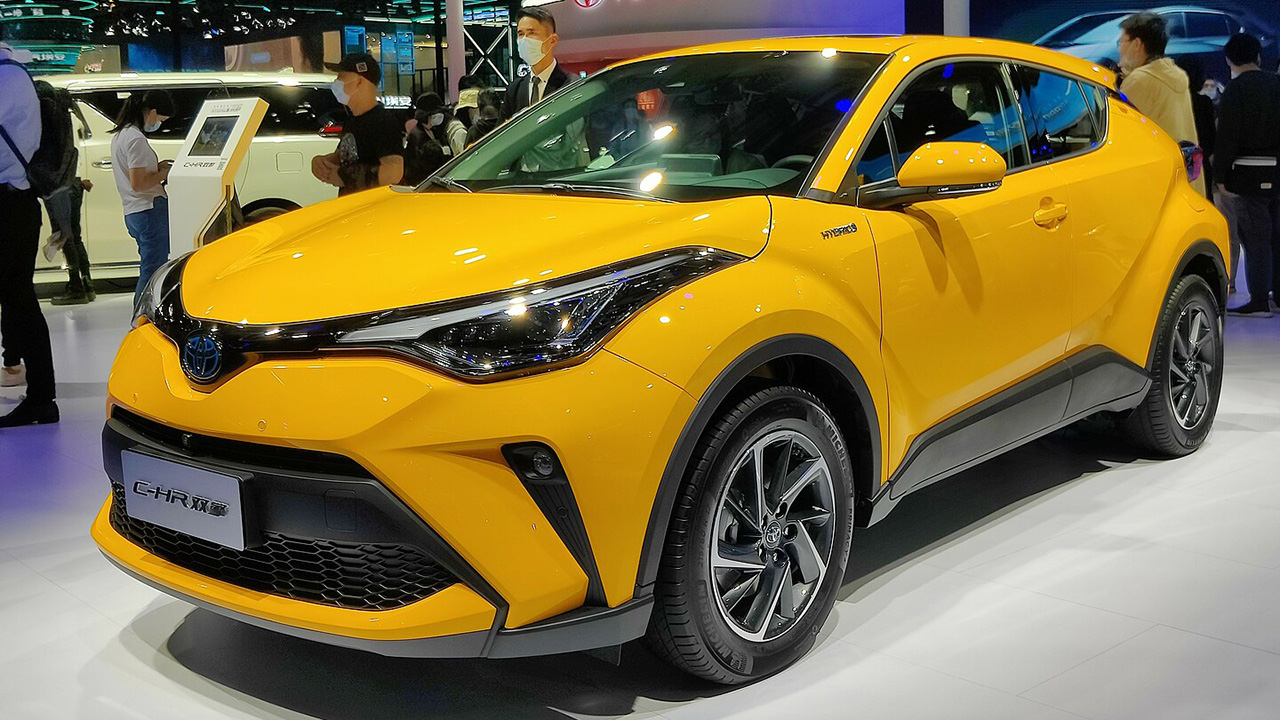
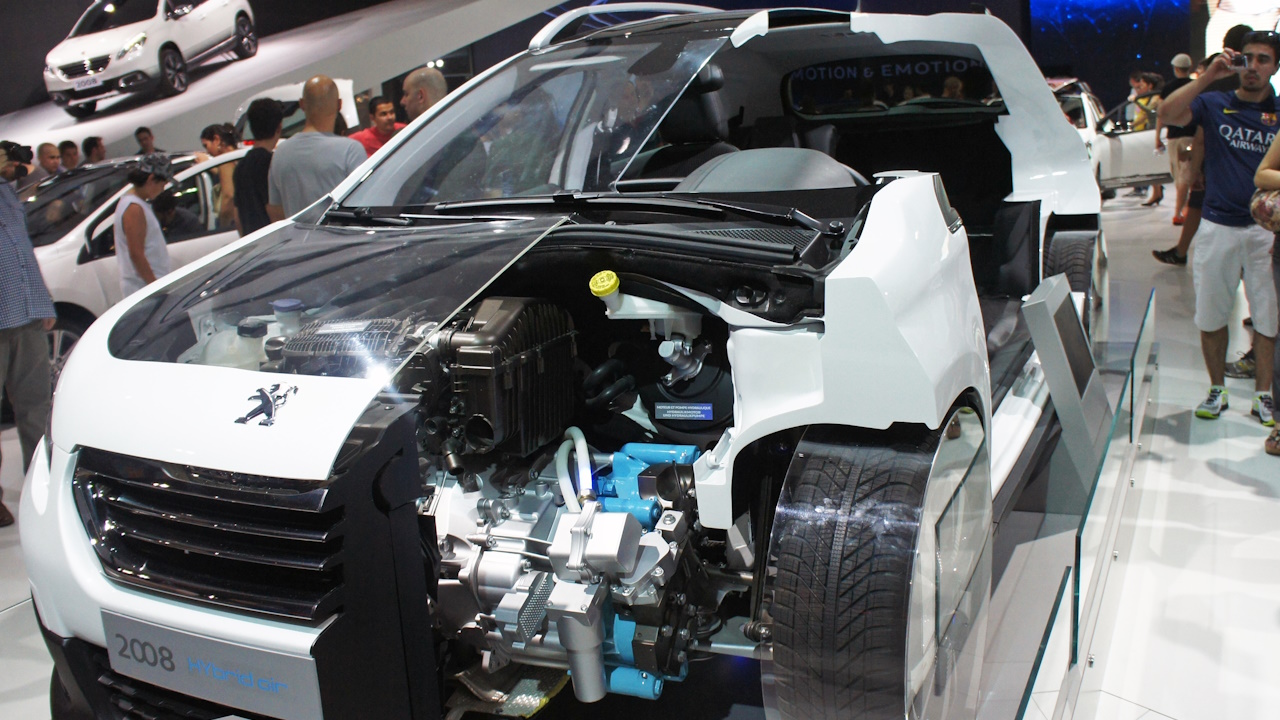
Leave a Reply